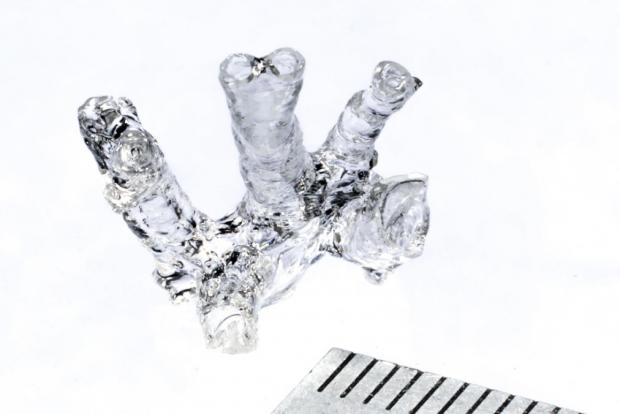
Breaking News
 Crypto Will Cause The Next Trillon Dollar Crash
Crypto Will Cause The Next Trillon Dollar Crash
 They've Just Crossed The Line...
They've Just Crossed The Line...
 Here's What It's Really Like to Live as a Christian in the Holy Land
Here's What It's Really Like to Live as a Christian in the Holy Land
 Vance Announces Major Breakthrough In Ukraine, Says Kiev Must Relinquish Land & US Won't...
Vance Announces Major Breakthrough In Ukraine, Says Kiev Must Relinquish Land & US Won't...
Top Tech News
 3D printing set to slash nuclear plant build times & costs
3D printing set to slash nuclear plant build times & costs
 You can design the wheels for NASA's next moon vehicle with the 'Rock and Roll Challenge
You can design the wheels for NASA's next moon vehicle with the 'Rock and Roll Challenge
 'Robot skin' beats human reflexes, transforms grip with fabric-powered touch
'Robot skin' beats human reflexes, transforms grip with fabric-powered touch
 World's first nuclear fusion plant being built in US to power Microsoft data centers
World's first nuclear fusion plant being built in US to power Microsoft data centers
 The mitochondria are more than just the "powerhouse of the cell" – they initiate immune...
The mitochondria are more than just the "powerhouse of the cell" – they initiate immune...
 Historic Aviation Engine Advance to Unlock Hypersonic Mach 10 Planes
Historic Aviation Engine Advance to Unlock Hypersonic Mach 10 Planes
 OpenAI CEO Sam Altman Pitches Eyeball-Scanning World ID to Bankers
OpenAI CEO Sam Altman Pitches Eyeball-Scanning World ID to Bankers
 New 3D-printed titanium alloy is stronger and cheaper than ever before
New 3D-printed titanium alloy is stronger and cheaper than ever before
 What is Unitree's new $6,000 humanoid robot good for?
What is Unitree's new $6,000 humanoid robot good for?
 "No CGI, No AI, Pure Engineering": Watch Raw Footage Of 'Star Wars'-Style Speeder
"No CGI, No AI, Pure Engineering": Watch Raw Footage Of 'Star Wars'-Style Speeder
New bioprinting tech creates body parts within seconds

Ordinarily, bioprinting is performed in a fashion much like regular 3D printing – an object is slowly built up as successive layers of material are deposited one on top of the other. This means that it can take hours or perhaps days to produce even a simple item.
Lately, though, scientists have been experimenting with a faster method of printing a variety of non-biological objects, which is known as volumetric printing. Working with colleagues at the Netherlands' Utrecht University, a team from the Swiss EMPA research institute has adapted that technology to produce body parts measuring up to several square centimeters in size – these parts have included a valve similar to a heart valve, a meniscus, and a complex-shaped section of femur.
The process involves projecting a laser beam down into a slowly-spinning tube that's filled with a stem cell-laden photosensitive hydrogel. By selectively focusing the light energy at specific locations within the tube, it's possible to solidify the gel in those places only, building up the desired three-dimensional object within a matter of seconds. The stem cells are unharmed in the process.



